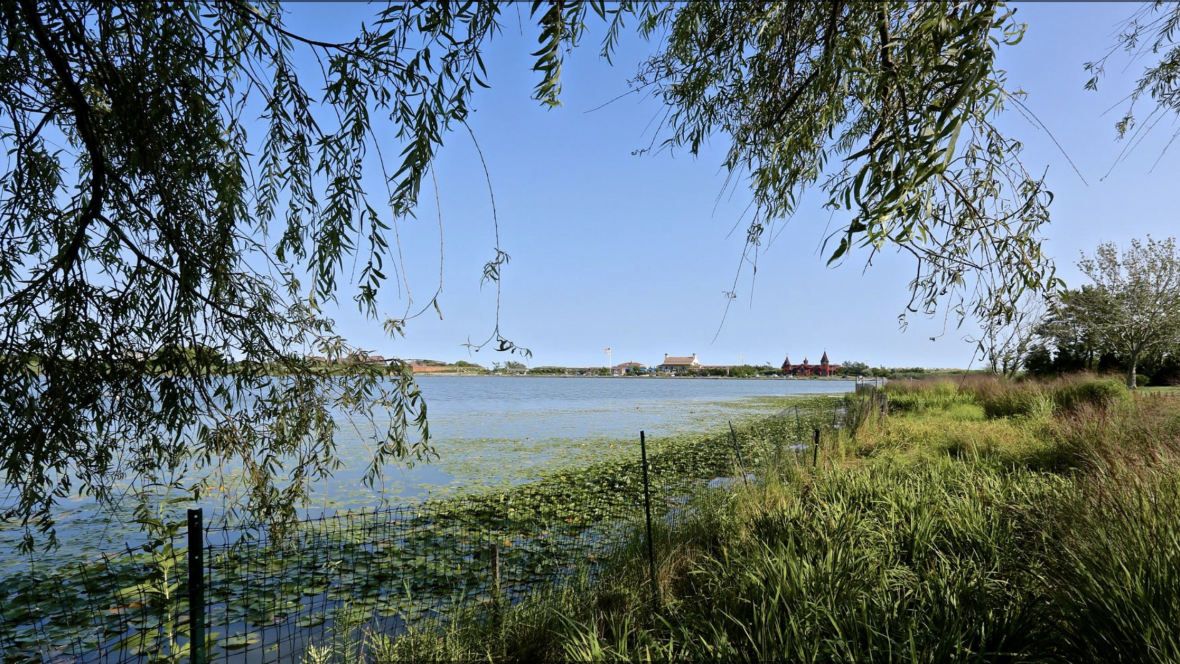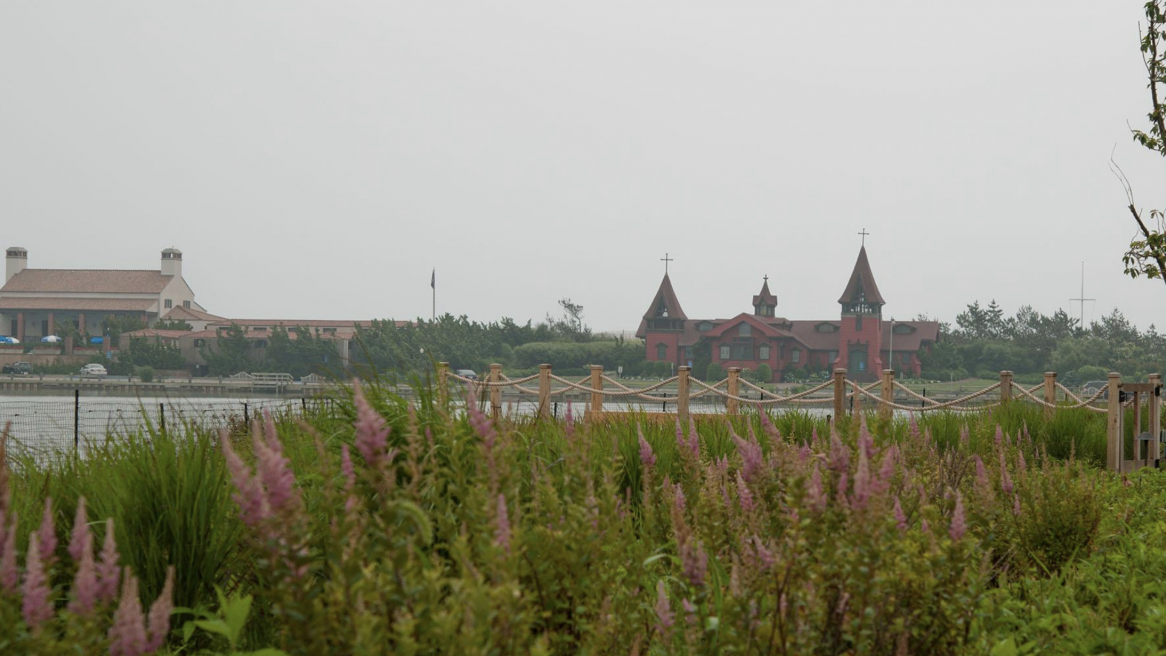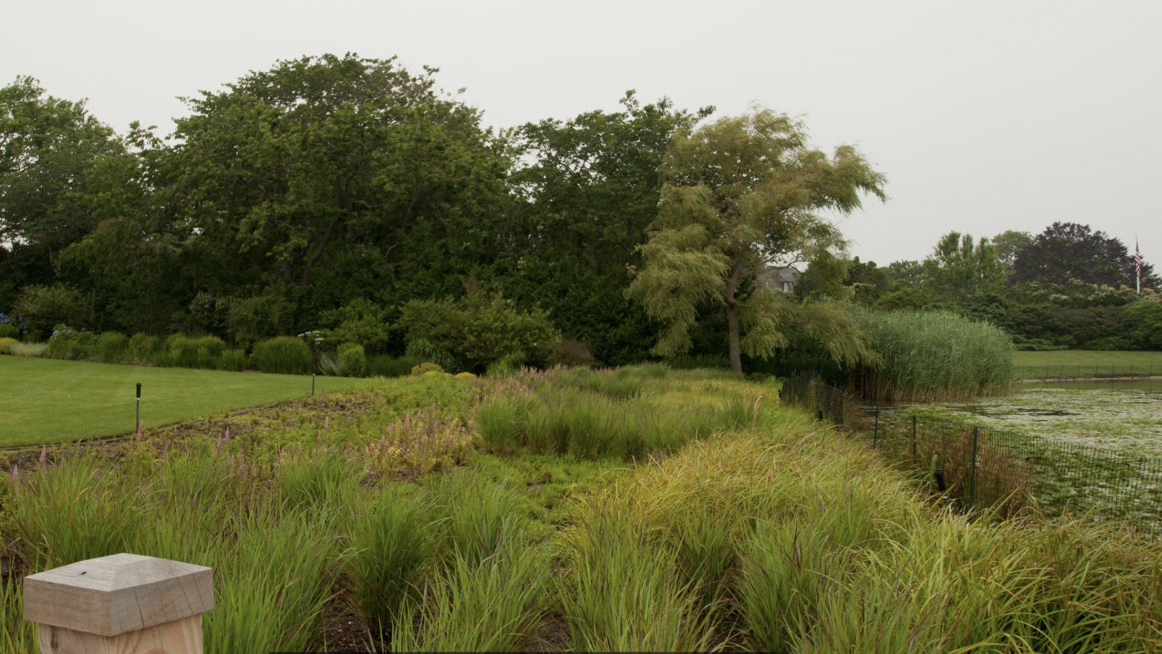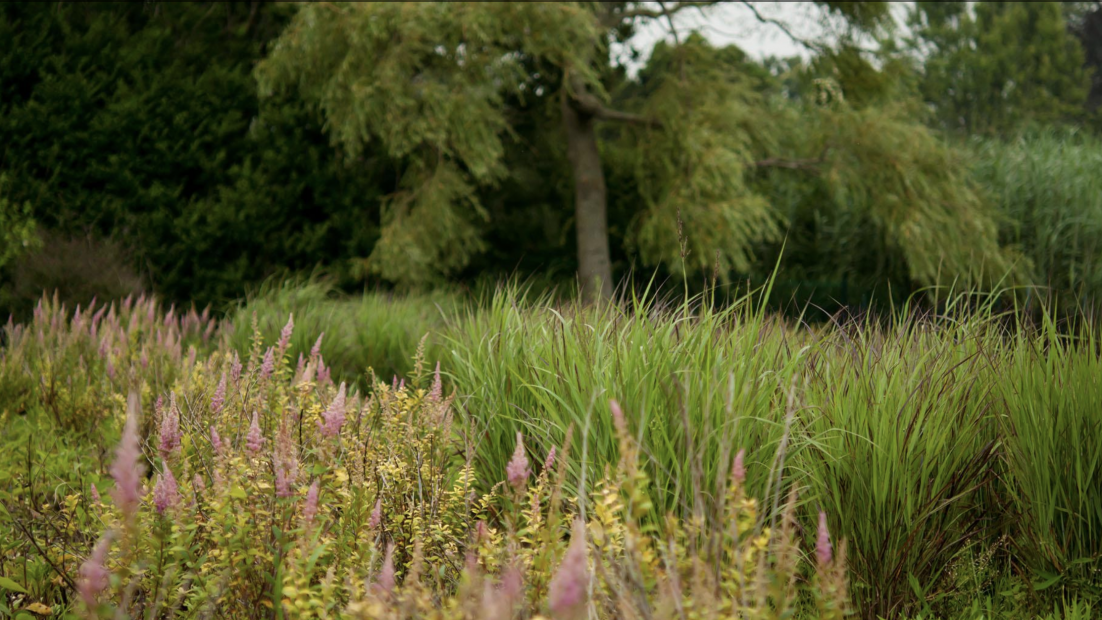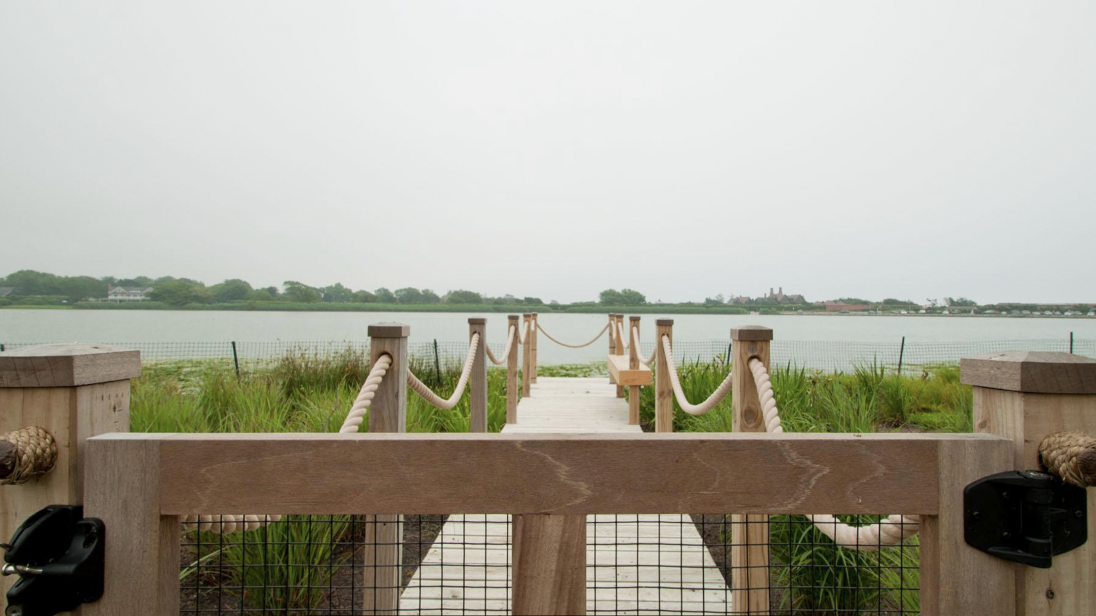Vegetative buffers are a protective barrier of plants between a landscape and a water body that help improve water quality by filtering nutrients, sediment and pollutants before they reach the water. They provide wildlife habitats for birds, butterflies and even fish. To create a shoreline buffer you can choose from a wide variety of native plants. Planted buffers of up to 50 feet will help restore and protect Lake Agawam.
A buffer is typically the restoration if native plantings that have been removed at the water’s edge. Most lakes and ponds in nature are surrounded by plants around their entire circumference. The plants closest to the edge are wetland pants and the plants further upland are native plants that don’t necessarily need wet soil conditions. A buffer acts to slow water movement and filter it before it enters the water body. Think of the Mississippi river delta as huge buffer zone that filters the waters if the river before it reaches the ocean. Same with the wetlands of the Chesapeake bay.”
As our friend at Friends of Georgica Pond, Sara Davison, wrote in Slow the FLow: Vegetation Buffers and Why They are Important,
“Establishing a buffer is not so simple and hiring a good native plant landscaper to design and install it is recommended. In some places, just stopping mowing to the shoreline can work, but often plants need to be added. Native plants are recommended because they don’t require fertilizer which is prohibited by New York State Law within 20 feet of a shoreline. In the initial stage of developing your buffer, temporary irrigation, removal of aggressive weedy plants and herbivore deterrents may all be helpful.”


